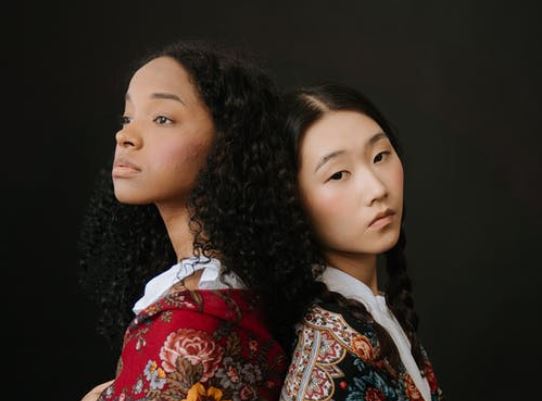For the past few centuries in the United States, the white population, specifically those of European descent, has been offered far more power in society than people of color. Consequently, the power of the white opinion in society has reflected on how we perceive beauty in this country, particularly in those whose features express their European background.
Many prominent industries in the U.S. were originally under the influence of white America, and the model industry is a prime example of how Eurocentrism has imitated itself into society’s requirements of beauty. Evaluating the appearance of prominent models – those with slim physiques and dainty features upon bleached skin – typically do not match the genetic features that people of color are born with.
Within industries that represent the beauty of human complexion, rarely do we see enough representation in cultural features, such as a variety in skin colors, flatter faces, and monolids. Missing also are complexities of curlier hair, bigger eyebrows, and noses of all shapes, forms, and sizes. Many are stigmatized by their nose bump or downwards curved noses).
Due to the lack of representation over the years in the features of people of color throughout the media, media minions have also adapted the same principles implemented initially in beauty industries. As the media continues to present these one-sided views of what “beauty” is supposed to look like, many adopt this perspective as their own, causing Eurocentrism to be preferred when analyzing the perfection of one’s appearance.
In society, we allow the majority’s preference of Eurocentric beauty to heighten the oppression people of color already face. Furthermore, the lack of representation of non-European beauty within the media stimulates a ripple effect in society, cementing biases in how beauty should be portrayed.
Although there are people of color with Eurocentric features represented in prominent beauty industries, there are still many with features relating to their ethnic background who lack the representation they deserve.
Where is the representation on behalf of the beauty in all features?
More harshly, why do we allow the many people of color who inhabit our country to experience more complex forms of oppression when we as a country ironically present ourselves as the “United States?”
![]()
- United States
